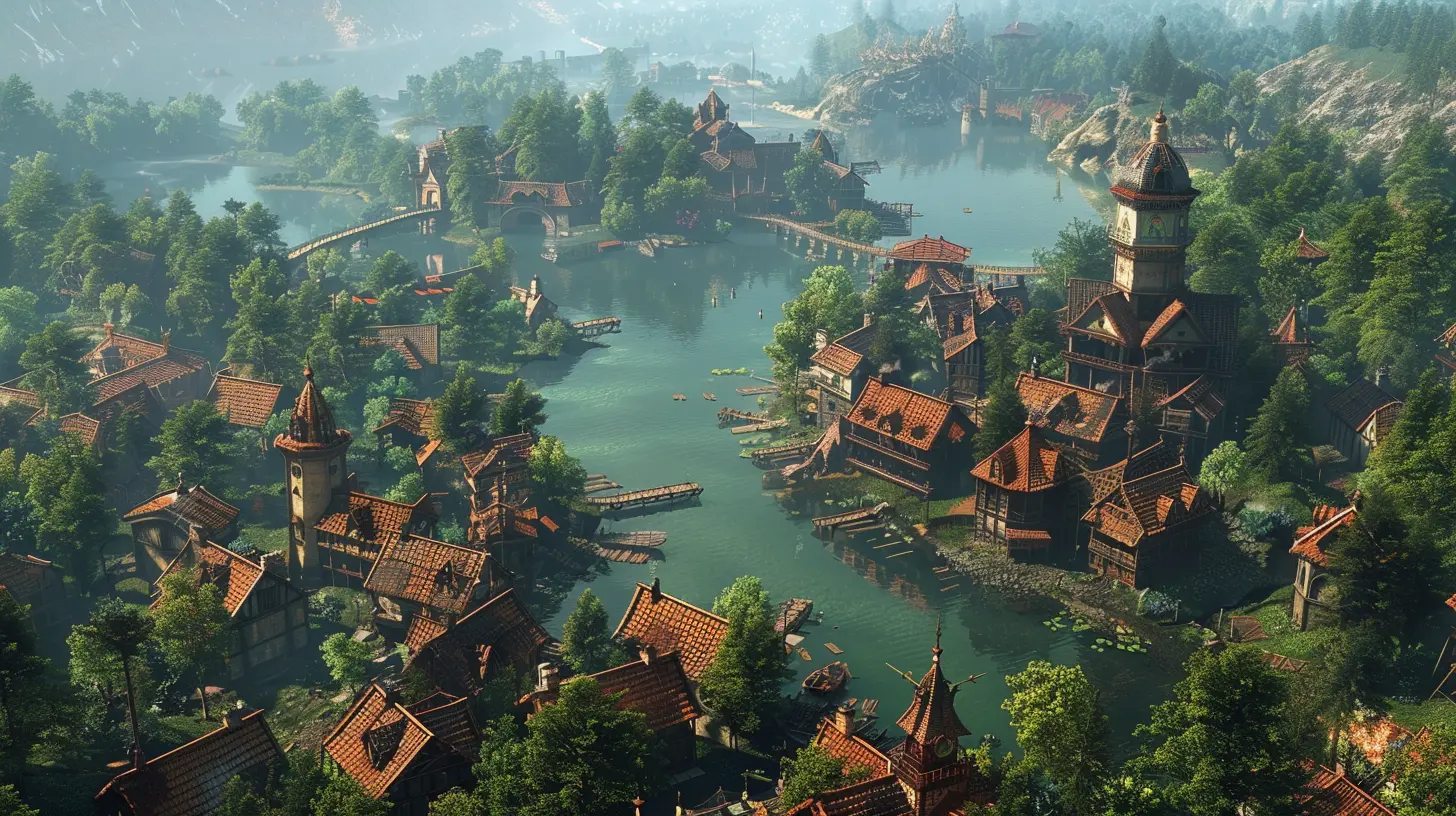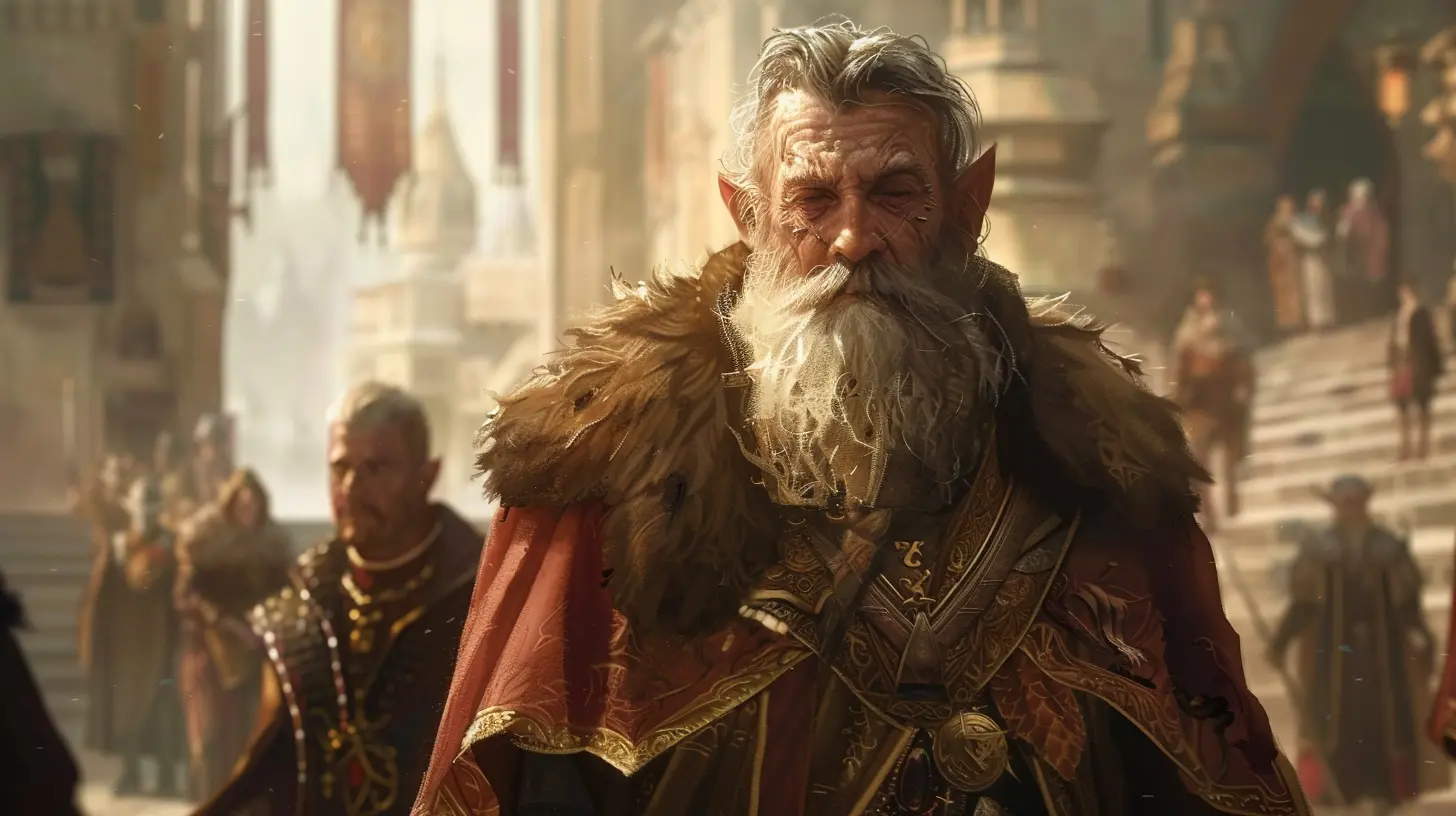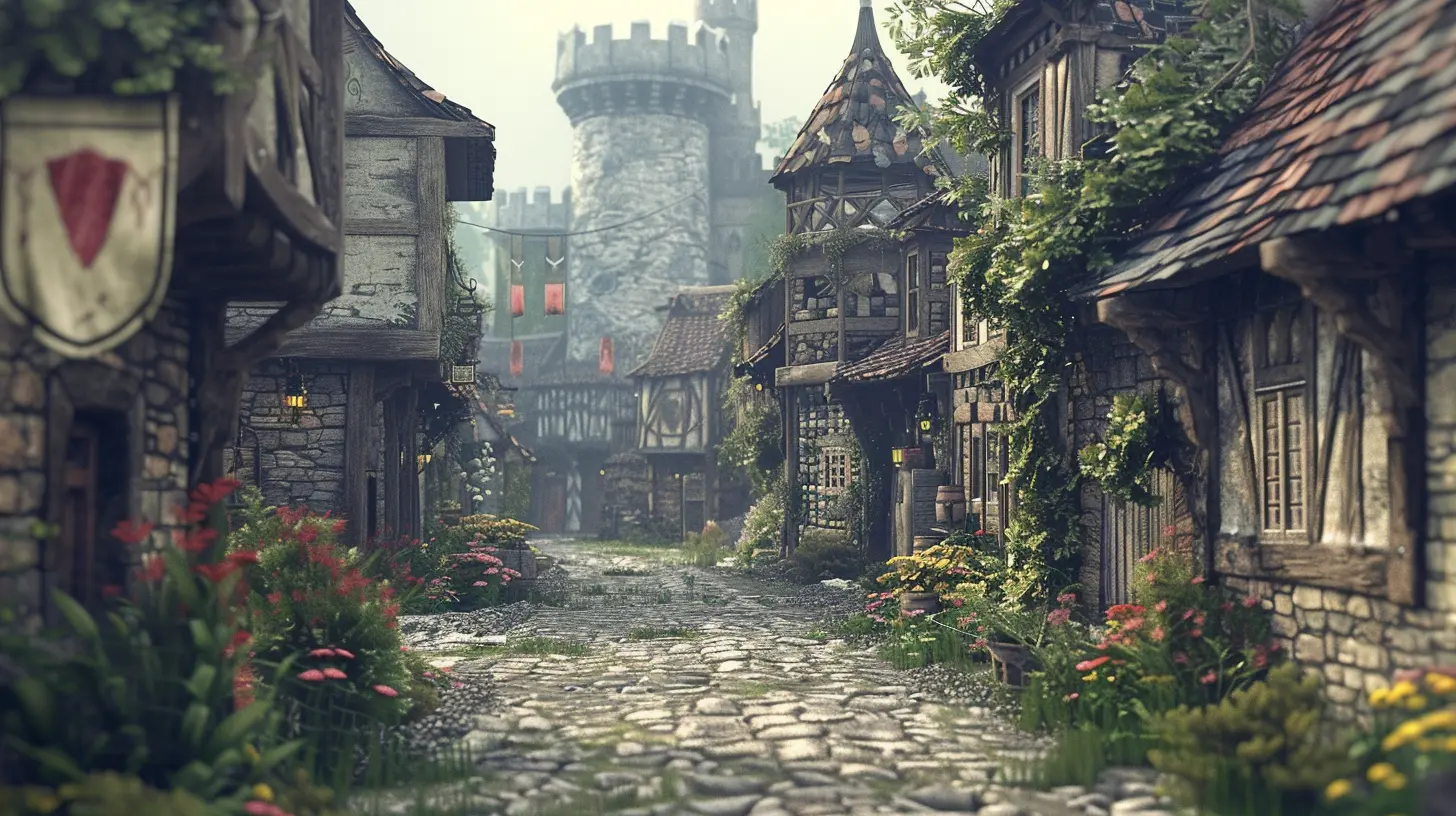How to Balance Realism and Fantasy in RPG World-Building
5 June 2025
Creating a compelling world for your RPG (Role-Playing Game) is like cooking the perfect dish. You need to strike the right balance between realism (the meat and potatoes) and fantasy (the exotic spices) to keep the players hooked. Go too far into realism, and it might feel like a history textbook. Go too far into fantasy, and players could lose their grounding and connection. So, how do you mix these elements just right? Let’s break it down.

Why Balance Matters
Imagine walking into an RPG world where dragons breathe fire, but people inexplicably still use horses for travel instead of flying atop these winged beasts. Or what if the laws of physics were ignored completely, and water flowed upward without any in-game explanation? Sounds jarring, right?Balancing realism and fantasy is crucial because it helps players suspend their disbelief. It allows them to immerse themselves in a world that feels both magical and functional. A well-balanced RPG world is like a great magic trick—you're aware it's not real, but it feels real enough to keep you engaged.

Step 1: Define Your World’s Rules
Before diving into fantastical elements, you need a foundation. Think of rules as the skeleton of your RPG world; they hold everything together.Does magic exist? If yes, how does it work? Is it rare or common?
What are the societal structures? Are they monarchies, democracies, or something else entirely?
Is your world tied to Earth-like physics, or does it operate on its own set of physical laws?
Establishing clear rules early on prevents chaos. Once you’ve nailed down these basics, your fantasy flourishes will feel intentional rather than random. For example, a floating city is awe-inspiring, but it’s even better when there’s a clear explanation, like a magical crystal or advanced technology that powers its levitation.

Step 2: Start With the Familiar
A big part of realism is making your world relatable. Even in the most fantastical settings, grounding your audience with something familiar helps them connect.Take Tolkien’s Middle-earth as an example. While it’s brimming with elves, orcs, and hobbits, it also mirrors medieval Europe in many ways—complete with inns, blacksmiths, and walled cities. That touch of familiarity makes the more fantastical elements easier to digest.
You don’t have to copy Tolkien, though. Even small, relatable details—like characters needing to eat and sleep—can pull players further into your world.

Step 3: Add a Dash of the Extraordinary
Once you've built a realistic foundation, it’s time to sprinkle in some fantasy. The trick here is moderation—don’t throw in everything and the kitchen sink. Choose a few standout elements and develop them thoroughly.For example, let’s say your world has three moons. That’s a cool fantasy feature! But what does it mean for the people who live there? Do the tides behave differently? Are there myths or religions based on the moons?
The goal isn’t to overwhelm your players with fantastical details but to intrigue them. Think of it like seasoning a dish—you want just enough to enhance the flavor, not overpower it.
Step 4: Keep It Consistent
Nothing breaks immersion faster than inconsistency. If you’ve established that your world operates under certain rules, stick to them! Players will notice if you suddenly break your own logic.For instance, if you’ve stated that only wizards can cast spells, and then a random blacksmith starts hurling fireballs with no explanation, it feels cheap. Consistency is key to maintaining the delicate balance between realism and fantasy.
As a bonus, consistency also builds trust with your players. When they know your world plays by a set of rules, they’re more willing to invest emotionally in it.
Step 5: Build Layers and Depth
A great RPG world feels like it exists beyond the players’ immediate experience. This is where layering comes in.Imagine your world is an onion. The outer layer is what players see and interact with. But as they dig deeper—through exploration or quests—they discover hidden histories, cultures, and secrets that add depth.
For example, your fantasy kingdom might have a bustling capital city (outer layer). But beneath it lies a network of abandoned tunnels haunted by the ghosts of a forgotten war (inner layer). These layers make your world feel alive and rewarding to explore.
Step 6: Embrace Real-World Influences
Pulling from real-world cultures, history, and geography can give your RPG world a sense of authenticity. However, tread carefully. You’re not aiming for a direct copy-paste but rather inspiration.Take something like Norse mythology. Instead of dropping Odin and Thor into your game, you could create your own pantheon inspired by Norse themes: gods of thunder, wisdom, and the sea. This way, your world feels fresh while still grounded in something recognizable.
Also, consider geography. If your world has a massive desert, think about how it shapes the people who live there. What do they eat? How do they travel? Real-world analogues can lend believability to even the most fantastical settings.
Step 7: Don’t Forget the Human Element
At the end of the day, players connect with people (or characters) more than settings. Your world can be mind-blowingly creative, but if the NPCs (non-playable characters) are flat, it’ll fall short.Give your characters realistic motivations and flaws. Maybe the king isn’t just a benevolent ruler but someone struggling to keep his kingdom united under the threat of rebellion. Or perhaps your villain has a tragic backstory that makes their actions feel justified, even if they’re wrong.
When players see themselves reflected in your characters, they’re more likely to become emotionally invested in your world.
Step 8: Test and Iterate
No world is perfect right out of the gate. Once you’ve built your RPG setting, test it with players. Are they intrigued by the story? Do they understand the rules? Are they asking questions about how things work?Player feedback is invaluable. They’ll notice gaps or inconsistencies you might have missed and can offer fresh perspectives on what works and what doesn’t. Don’t be afraid to tweak and refine your world based on their input.
Final Thoughts
Balancing realism and fantasy in RPG world-building is an art form. It’s about creating a space where players feel grounded enough to connect yet intrigued enough to keep exploring. Think of it as walking a tightrope—lean too far one way, and you lose your audience; too far the other, and you lose the magic.Remember, there’s no “one size fits all” approach. The balance that works for a high-fantasy adventure might not suit a gritty post-apocalyptic setting. Embrace trial and error, trust your creative instincts, and—most importantly—have fun! After all, world-building is about crafting a playground for you and your players to enjoy.
all images in this post were generated using AI tools
Category:
Role Playing GamesAuthor:

Madeleine McCaffrey
Discussion
rate this article
3 comments
Maribel Hodge
Fascinating read! How do you determine the right mix of realism and fantasy? Curious about examples from popular RPGs!
June 11, 2025 at 2:41 PM

Madeleine McCaffrey
Thank you! Balancing realism and fantasy often involves setting clear rules for your world while allowing creative elements to flourish. Examples include "The Witcher," which combines mythical creatures with real-world moral dilemmas, and "Dungeons & Dragons," where detailed lore supports imaginative magic systems.
Hannah McGivern
This article offers valuable insights into striking a balance between realism and fantasy in RPG world-building. Emphasizing the importance of consistency and player engagement, it encourages creators to blend relatable elements with imaginative concepts, ultimately enriching the gaming experience while catering to diverse player preferences. Great read!
June 7, 2025 at 3:52 PM

Madeleine McCaffrey
Thank you! I'm glad you found the insights helpful. Balancing realism and fantasy is key to creating immersive RPG worlds. Your feedback is much appreciated!
Signe Hall
Balancing realism and fantasy is like trying to bake a cake: too much flour and it’s a brick, too much frosting and it’s a sugar coma. Find that sweet spot!
June 7, 2025 at 4:45 AM

Madeleine McCaffrey
Absolutely! Striking that balance is key to creating an engaging and immersive RPG world. Finding that sweet spot keeps players invested without overwhelming them.



